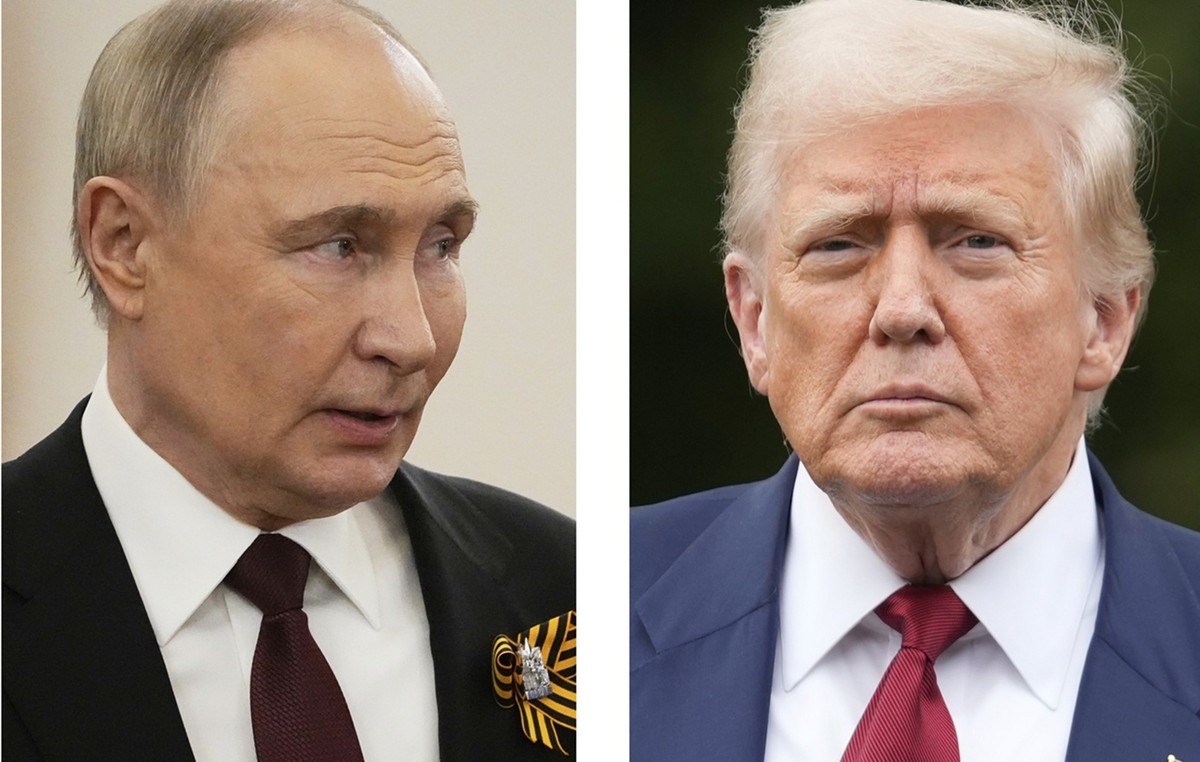- Minutes from the Nov. 7 Fed meeting will be released later.
- The Committee’s opinion on a possible move in December takes center stage.
- The US Dollar Index remains close to its recent cycle peaks.
The minutes of the US Federal Reserve (Fed) monetary policy meeting on November 6-7 will be published later on Wednesday at 19:00 GMT.
The Committee further eased monetary policy with a 25 basis point rate cut on November 7, following the surprise rate cut in September that took markets by surprise.
During that event, Federal Reserve Chair Jerome Powell reportedly avoided providing clear signals that the central bank might pause its rate cut cycle any time soon, despite the widely anticipated 25 basis point cut. Fed policymakers noted that the labor market had “generally relaxed” while inflation appeared to be moving toward the Fed’s 2% target.
Powell also did not indicate that a pause was being considered, and analysts interpreted his comments as a suggestion that the Fed could aim for rates below 4%—or near that level—before contemplating a pause. Additionally, Powell reiterated that the upcoming election would not influence the Fed’s near-term policy decisions, emphasizing that the central bank does not speculate on how political outcomes could affect its goals.
Since the early November rate decision, US economic data has remained robust, pointing to solid fundamentals along with a rise in October inflation, according to the Consumer Price Index (CPI). However, Powell’s recent comments made it clear that the Fed is in no rush to cut rates further, aligning with the view of FOMC Governor Michelle Bowman.
Currently, the CME Group’s FedWatch tool estimates the probability of a quarter-point rate cut at the December 18 meeting at nearly 60%, down from about 75% a month ago.
How could the release of the FOMC minutes impact the US dollar?
Although another 25 basis point rate cut seems like the logical next step, investors should not rule out the possibility of a pause—or even a hawkish pause.
The “Red Sweep” that accompanied Donald Trump’s election victory in November has revived expectations of US tariffs, looser tax policy and corporate deregulation, all of which could increase inflationary pressures sooner rather than later. This scenario could challenge the continuation of the Fed’s easing cycle, potentially forcing the central bank to pause or even stop rate cuts. Could rate hikes be back on the table?
Senior analyst Pablo Piovano of FXStreet notes that “a look at the technicals of the US Dollar Index (DXY) shows immediate resistance at the 2024 peak of 108.07 (Nov 22). Breaking above this level should encounter little resistance until the November 2022 high of 113.14 (November 3).”
“On the other hand, occasional bearish moves should find next support at the critical 200-day SMA at 103.98,” Pablo adds.
economic indicator
FOMC minutes
The Federal Open Market Committee (FOMC) holds eight meetings a year and reviews financial and economic conditions to determine the appropriate stance on monetary policy. It also assesses existing risks to the objectives of long-term price stability and sustainable economic growth. The FOMC minutes are published by Board of Governors of the Federal Reserve System and is a clear guide to interest rate policy in the United States. A change in this report affects the volatility of the dollar. If the minutes show a firm outlook, this will be considered bullish for the dollar.
Next post:
Tue Nov 26, 2024 19:00
Frequency:
Irregular
Dear:
–
Previous:
–
Fountain:
Federal Reserve
Federal Open Market Committee (FOMC) Minutes are typically released three weeks after policy decision day. Investors are looking for clues about the policy outlook in this release along with the split vote. A bullish tone is likely to provide a boost to the dollar, while a dovish stance is considered negative for the USD. It should be noted that market reaction to the FOMC Minutes could be delayed as the media does not have access to the publication prior to release, unlike the FOMC Policy Statement.
The Fed FAQs
The monetary policy of the United States is directed by the Federal Reserve (Fed). The Fed has two mandates: achieving price stability and promoting full employment. Your main tool to achieve these objectives is to adjust interest rates. When prices rise too quickly and inflation exceeds the Federal Reserve’s 2% target, it raises interest rates, raising borrowing costs throughout the economy. This translates into a strengthening of the US Dollar (USD), as it makes the United States a more attractive place for international investors to place their money. When inflation falls below 2% or the unemployment rate is too high, the Federal Reserve can lower interest rates to encourage borrowing, which weighs on the greenback.
The Federal Reserve (Fed) holds eight meetings a year, in which the Federal Open Market Committee (FOMC) evaluates the economic situation and makes monetary policy decisions. The FOMC is made up of twelve Federal Reserve officials: the seven members of the Board of Governors, the president of the Federal Reserve Bank of New York, and four of the eleven presidents of the regional Reserve banks, who serve for one year on a rotating basis.
In extreme situations, the Federal Reserve can resort to a policy called Quantitative Easing (QE). QE is the process by which the Fed substantially increases the flow of credit into a clogged financial system. It is a non-standard policy measure used during crises or when inflation is extremely low. It was the Fed’s weapon of choice during the Great Financial Crisis of 2008. It involves the Fed printing more dollars and using them to buy high-quality bonds from financial institutions. QE usually weakens the US dollar.
Quantitative tightening (QT) is the reverse process of QE, whereby the Federal Reserve stops buying bonds from financial institutions and does not reinvest the capital of the maturing bonds it has in its portfolio to buy new bonds. It is usually positive for the value of the US Dollar.
Source: Fx Street
I am Joshua Winder, a senior-level journalist and editor at World Stock Market. I specialize in covering news related to the stock market and economic trends. With more than 8 years of experience in this field, I have become an expert in financial reporting.







